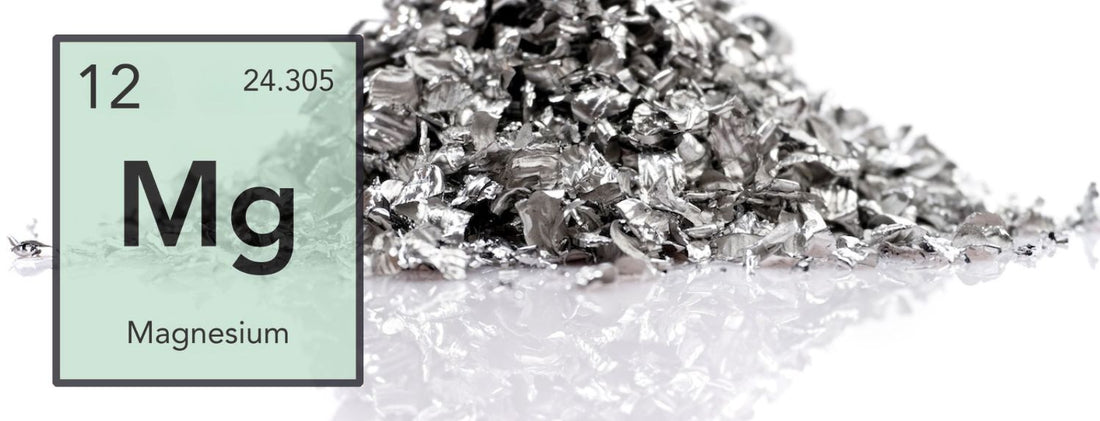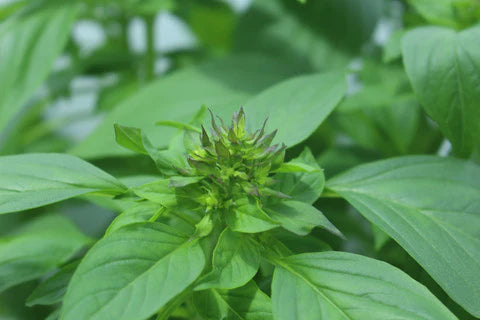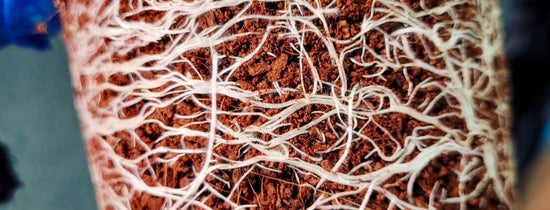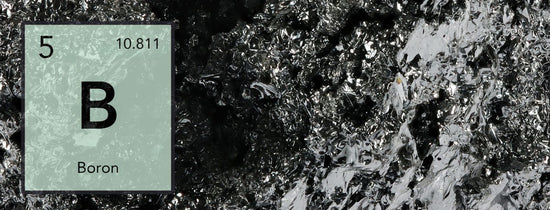Magnesium is the element responsible for a plant’s production of chlorophyll.
A magnesium deficiency will impact a plant’s ability to photosynthesise, which in turn directly impacts the lush green colour that forms in leaves.
Diagnosing a magnesium deficiency is usually quite straightforward, as magnesium is a mobile nutrient therefore any symptoms will show up on older leaves first.
Why is magnesium important to plant health?
Magnesium plays a critical role in:
- Chlorophyll production
- Activating enzyme systems
- Hormone production
- Photosynthesis
Main causes of magnesium deficiency.
The mobility of magnesium requires a mindful and consistent feeding schedule. A magnesium deficiency will quickly form under any of the following conditions:
- Malnutrition (low EC)
- pH (too low or too high causes lock-out)
- Old nutrient reservoirs are not topped up or refreshed, leaving excess amounts of nitrogen and/or potassium, and/or calcium
- Cold root zone temperatures (causes metabolic shutdown leading to lock-out)
Key symptoms of magnesium deficiency in plants.
- Older leaves will turn chlorotic first
- Older leaves will start fading into a pale green, especially in the chloroplast segments of the leaf. Veins remain green (interveinal chlorosis)
- A calcium deficiency will usually follow; and small rusty-brown spots will develop
- Leaf tips and serrated edges will curl upwards.
How to fix a magnesium deficiency?
|
Correct & maintain pH levels |
Adjust nutrient solution by using a quality pH down product. Ideal pH range is 5.8 – 6.5 |
|
Add a calcium/magnesium supplement |
Add a product like HY-GEN Humiboosta to your feeding schedule. Add 1 mL Humiboosta per 1L water to your normal program until early flowering. |
|
Direct application |
Magnesium is a mobile element and the plant will translocate magnesium from older growth to new growth. A foliar spray of 1 mL CMX to 1L of water, adjusted to pH 6.0 will do the trick. Spray the entire plant just after lights turn off to avoid any light scorching. |
|
Low root-zone temperature |
Give your plant’s metabolism a boost by keeping root-zone temps between 18-21 °C. Use low wattage gadgets like heat bars and heat mats |
A-Grade Tip: Maintain consistency with nutrient dosages, ensuring that you increase nutrient dose as your plants grow larger. Even one week of under-feeding can cause a magnesium deficiency. Always check your final solution with a pH and EC meter to ensure the solution meets the required range. We use Apera’s PC60 Multiparameter Tester for quick and accurate testing.
Important note: A magnesium deficiency is rarely the only deficiency, and is usually connected to a calcium deficiency. Calcium deficiencies will show up in the form of rust-coloured spots.
Visual Signs of Magnesium Deficiencies

Yellow spotting: The above image shows the start of magnesium deficiency forming. You can see small yellow spots starting to appear on the chloroplast panels here but only sporadically. This will continue to fade until the entire leaf appears to have a light green translucence, as shown below.








